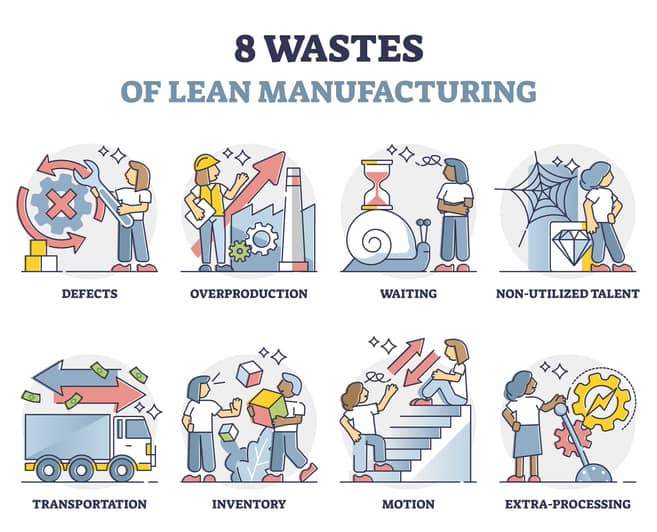Eliminating wasteful practices and utilizing resources as effectively as possible is a constant struggle for organizations – not to mention educational institutions and other local government entities. But perhaps we are seeing a changing of the guard, as a number of public sector organizations have recently begun to explore strategies such as Lean, a continuous improvement process that originated in the manufacturing industry.
The use of Lean – or any other type of process improvement methodology – in the education sector is uncommon, however, a school district in Des Moines, Iowa embraced the concept and has experienced impressive results. Starting in 2015, the district participated in a two-day training event, which was followed by additional Lean training for staff and administrators.
“If you look at the evolution of how Lean has grown, it was really manufacturing, then healthcare services, then government. And the most recent segment to hit the track is K-12 education,” Harry Kenworthy, principal of the Quality and Productivity Improvement Center (QPIC) and Lean Government Center told Stephen Goldsmith, professor of practice at the Harvard Kennedy School and director of the Innovations in American Government Program.
A Commitment to Continuous Improvement
Following the training, the Des Moines Public Schools (DMPS) implemented strategic efforts on an ongoing basis with its administrative offices, which included creating a Department of Continuous Improvement. There are 150 improvement projects throughout eight departments that are either in progress or have been completed by the DMPS as of December 2017.
The Department of Continuous Improvement is responsible for categorizing projects by department, project time and completion status. When tracking the success of a project, DMPS looks at metrics involving time savings, reduction in handoffs and duplicate work.
A few examples of the project successes include:
- reducing textbook inventory labor costs by $80,000 annually by fully utilizing their current staff rather than outsourcing support
- reducing paper timesheet submissions by 97%
- Overhauling the batch process for paying utility bills, saving five hours a month
Overview of Pilot Programs
Pilot projects involve areas affecting a large portion of the DMPS district staff, which generates substantial buy-in from employees as they see the positive results of process improvement. In one of the pilot projects, the district worked to streamline how high-volume, low-dollar items, such as pencils and paper, were ordered. Using Lean tools such as PDCA and 5S, DMPS teams removed unnecessary steps and put the system on autopilot so goods would be reordered automatically. This new process was tested successfully with one middle school, and is now in use by seven schools in the district.
“We need to demonstrate that we’re good stewards of the public’s resources. Lean allows us to examine all of our processes and ensure that we are accomplishing our goals and accomplishing the day-to-day work in as efficient a manner as possible,” said Dr. Tom Ahart, Superintendent of DMPS.
Because of the ongoing success of the Department of Continuous Improvement, more departments across the school system feel empowered to tackle various challenges.
“Lean provides district employees strategies and tools in order to be able to review our processes to look for opportunities for improvements which lead to increased efficiencies and greater student outcomes,” said Emma Knapp, DMPS’ continuous improvement coordinator.
Other Examples of Process Improvement in Education
Process improvement techniques like Lean and Six Sigma are only beginning to make an impact in the education industry. Below are a few examples:
Using Six Sigma to Solve Food Waste, Recycling Challenges
Students at the Rose-Hulman Institute of Technology in Terre Haute, Indiana applied Six Sigma outside of the classroom in an effort to improve their college campus. Students leveraged Six Sigma methodology to make process improvements in two key areas: wasting food and recycling. This initiative led to more efficient systems and, in one case, it helped underprivileged children receive after school snacks for free.
Dublin Schools Become More Efficient with Six Sigma
In 2014, officials at a Dublin City school district began using Lean Six Sigma techniques to help continuously improve processes, specifically problem-solving issues, reducing waste, increasing efficiency and saving money. The Lean methodology proved itself quickly by helping eliminate defects and reduce costs in the school district. Dublin City also reported more than $1 million in energy cost savings because of improved conservation efforts and a well-organized business management model.



